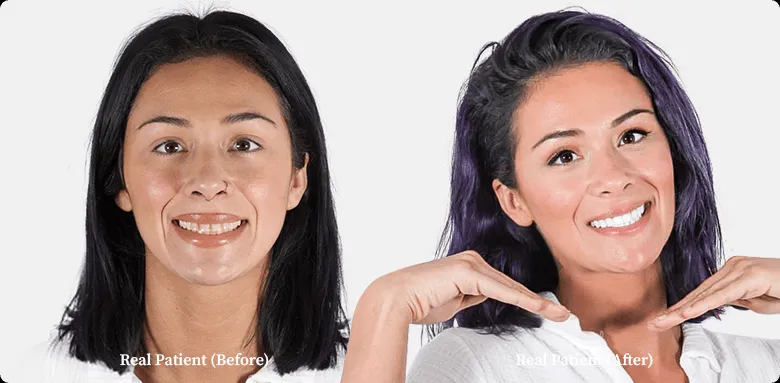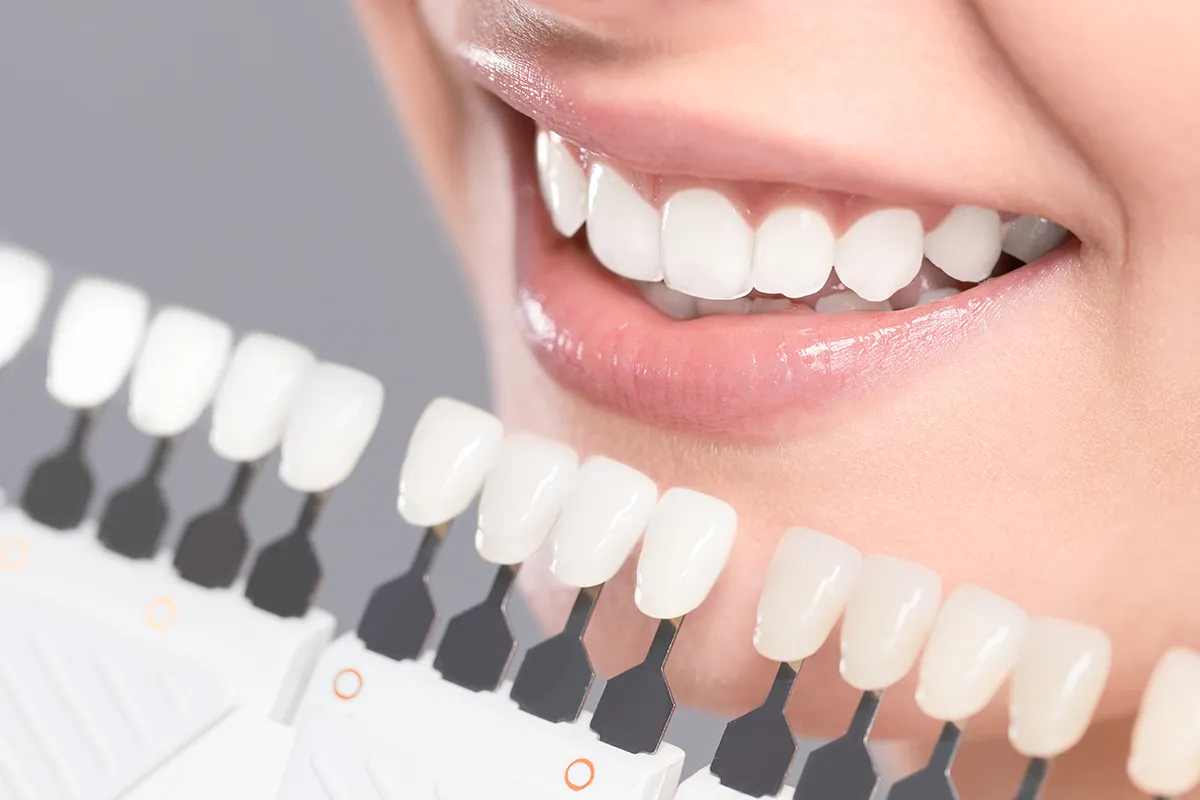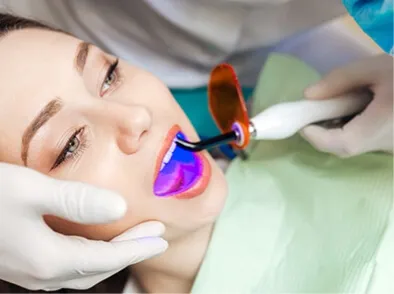Why Choose Teeth Whitening in Mexico
Mexico has emerged as a leading destination for dental tourism, particularly for teeth whitening procedures. Several factors contribute to this growing popularity, including the significant cost savings compared to the United States and Canada. The high quality of dental care offered by experienced and certified dentists, coupled with the opportunity to combine dental work with a vacation, makes Mexico an appealing option. Many clinics in Mexico utilize state-of-the-art technology and materials, ensuring that patients receive treatments that meet international standards. Furthermore, the cultural appeal and the ease of travel to Mexico add to its attractiveness. Choosing Mexico for teeth whitening can be a smart way to enhance your smile while potentially saving money.
Cost Savings of Teeth Whitening in Mexico
The cost of teeth whitening in Mexico is considerably lower than in many Western countries. This affordability is a major draw for patients seeking cosmetic dental procedures. The reduced prices are often attributed to lower operational costs, including labor, rent, and materials. Despite the lower costs, the quality of care remains high. Many clinics offer transparent pricing, allowing patients to understand the total expenses upfront, without hidden fees. This cost-effectiveness makes teeth whitening in Mexico accessible to a wider range of individuals who may not be able to afford it in their home countries. By saving on the procedure, patients can allocate funds to other aspects of their treatment or enjoy their vacation time in Mexico.
Comparing Teeth Whitening Methods

Teeth whitening methods vary, catering to different needs and budgets. The primary distinction lies between professional and at-home treatments. Professional methods, typically performed in a dental clinic, offer the advantage of immediate and often more dramatic results. These procedures usually involve the use of stronger bleaching agents and specialized equipment. At-home whitening kits, on the other hand, offer convenience and are generally less expensive. These kits contain custom-fitted trays and lower-concentration bleaching gels. Both methods can be effective; however, the choice depends on the patient’s desired results, sensitivity level, and overall oral health. Consulting with a dentist is crucial to determine the most suitable method, considering factors such as the type of stains, the level of desired brightness, and any existing dental work.
Professional Teeth Whitening Options
Professional teeth whitening, also known as in-office whitening, is a popular choice for those seeking rapid and significant results. Dentists utilize higher concentrations of bleaching agents, which are applied to the teeth under controlled conditions. The procedure is often enhanced with the use of specialized lights or lasers, which accelerate the whitening process. This method can lighten teeth several shades in a single visit, providing an immediate smile transformation. Professional whitening also ensures that the dentist monitors the process, minimizing the risk of complications and addressing any sensitivity issues promptly. The entire process, including the initial consultation and the whitening session, usually takes about one to two hours, making it a convenient option for those with busy schedules.
In-Office Whitening Procedures
In-office whitening procedures involve a thorough examination and preparation of the teeth. The dentist first cleans the teeth to remove any surface stains and plaque. A protective barrier is then applied to the gums to prevent irritation from the bleaching agent. The whitening gel, typically containing a high concentration of hydrogen peroxide or carbamide peroxide, is applied to the teeth. A special light or laser is used to activate the bleaching agent and accelerate the whitening process. The gel is usually applied in multiple cycles, each lasting about 15 to 20 minutes, to achieve the desired level of brightness. After the procedure, the dentist may apply a fluoride treatment to reduce sensitivity. The results are often immediately visible, providing a significant boost to the patient’s confidence.
At-Home Whitening Kits

At-home whitening kits offer a convenient alternative to professional treatments. These kits typically include custom-fitted trays and lower-concentration bleaching gels, which are prescribed or dispensed by a dentist. The patient applies the gel into the trays and wears them for a specific amount of time, as instructed by the dentist. This can be for a few hours a day or overnight, depending on the strength of the gel. The at-home method is usually less expensive than in-office whitening and allows patients to whiten their teeth at their own pace. However, it requires discipline and consistency to achieve the desired results. It’s essential to follow the dentist’s instructions carefully and to report any sensitivity or side effects promptly. While results may take longer to appear compared to in-office procedures, they can still be significant with consistent use.
Finding the Right Clinic in Mexico
Choosing the right clinic in Mexico is critical to ensuring a successful and satisfactory teeth whitening experience. The initial step involves researching clinics and dentists, focusing on those with good reputations and positive patient reviews. Look for clinics that are accredited and staffed by licensed and experienced dental professionals. It’s also wise to inquire about the materials used, the technology available, and the clinic’s overall approach to patient care. Visiting the clinic’s website, checking online reviews, and perhaps contacting former patients can provide valuable insights. Consider the clinic’s location, convenience, and the availability of English-speaking staff. Finally, prioritize clinics that offer detailed consultations and explain the procedure in a clear and transparent manner, addressing all your concerns and answering any questions you might have.
Researching Clinics and Dentists
Conducting thorough research on potential clinics and dentists is essential. Start by exploring their websites, which should provide information about their services, qualifications, and experience. Look for details about the dentists’ education, certifications, and any specializations they may have. Check for before-and-after photos and testimonials from previous patients. Use online search engines and social media platforms to find reviews and ratings from other patients. Consider the clinic’s online presence, and whether it has a professional website and active social media profiles, as this often indicates a commitment to quality and patient satisfaction. Look for clinics that offer virtual consultations or video calls to assess your needs before you travel. Verify that the clinic is using modern technology and follows the latest dental standards.
Checking Reviews and Credentials

Patient reviews offer invaluable insights into a clinic’s performance and reputation. Read both positive and negative reviews to get a balanced perspective. Pay attention to the quality of the care provided, the dentist’s professionalism, and the overall patient experience. Look for clinics that consistently receive positive feedback regarding their communication, cleanliness, and results. Check the dentist’s credentials, including their license and any specializations. Verify their qualifications with the relevant dental boards or regulatory bodies. Ensure that the clinic is accredited by recognized organizations, which indicates that it meets certain standards of quality and safety. Consider asking the clinic for references or contacting former patients to learn more about their experiences. This diligence can help you make an informed decision and choose a clinic that prioritizes your dental health.
Preparing for Your Teeth Whitening
Preparing for teeth whitening involves several steps to ensure a smooth and successful procedure. The first step is to schedule a consultation with the dentist to discuss your goals and expectations. This appointment allows the dentist to assess your oral health, determine the most suitable whitening method, and address any potential concerns. Before the procedure, it’s essential to inform your dentist about any existing dental work, such as fillings, crowns, or veneers, as these may not respond to the whitening treatment in the same way as natural teeth. Following the dentist’s pre-treatment instructions is crucial for optimal results. This may involve a dental cleaning or the use of specific oral hygiene products. Proper preparation ensures that the teeth whitening procedure is effective and that you achieve the desired outcome.
Consultation and Examination
The initial consultation and examination are critical components of the teeth whitening process. During the consultation, the dentist will discuss your goals and expectations, taking into consideration your desired level of brightness and any specific concerns you may have. The dentist will perform a thorough examination of your teeth and gums to assess your overall oral health. This assessment will help determine whether you are a suitable candidate for teeth whitening and which method is most appropriate. The dentist will check for any underlying dental issues, such as cavities, gum disease, or existing dental work, which might affect the whitening process. The dentist may take photos of your teeth to document their current shade and serve as a reference for comparison after the treatment. This consultation also allows you to ask questions and clarify any doubts before proceeding with the procedure.
Pre-Treatment Instructions

Adhering to pre-treatment instructions is essential for achieving the best results from your teeth whitening procedure. The dentist will provide you with specific instructions based on your oral health and the chosen whitening method. These instructions may include a professional dental cleaning before the procedure, which removes plaque and surface stains, allowing the bleaching agent to penetrate the enamel more effectively. Your dentist may recommend using a specific toothpaste or mouthwash to prepare your teeth for whitening. If you have any sensitivity concerns, the dentist may suggest using a desensitizing toothpaste for a few weeks before the procedure. You may also be advised to avoid certain foods and beverages, such as coffee, tea, and red wine, that can stain your teeth. Following these instructions diligently helps optimize the whitening process and ensures a brighter, more radiant smile.
Aftercare and Maintenance
Proper aftercare and maintenance are vital for preserving the results of your teeth whitening treatment. Immediately after the procedure, you may experience some sensitivity in your teeth, which should subside within a few days. The dentist will provide you with specific instructions on how to manage this sensitivity, which might include using a desensitizing toothpaste or avoiding excessively hot or cold foods and drinks. Following a strict diet is essential for preventing new stains. Avoid or limit the consumption of staining foods and beverages, such as coffee, tea, red wine, and dark-colored berries. You may also need to abstain from smoking, as it can stain the teeth and hinder the whitening process. Regular dental check-ups and cleanings will help maintain your bright smile and address any potential issues.
Maintaining Your White Smile
Maintaining a white smile after teeth whitening requires a consistent commitment to good oral hygiene and lifestyle choices. Brush your teeth at least twice a day with a whitening toothpaste, which helps remove surface stains and maintain the brightness of your teeth. Floss daily to remove plaque and food particles from between your teeth, which can also contribute to staining. Use a mouthwash, especially one designed for whitening, to rinse your mouth after brushing and flossing. Limit the consumption of staining foods and beverages, and rinse your mouth with water or brush your teeth after consuming them. Consider using at-home whitening touch-up kits as needed to maintain your desired shade. Schedule regular dental check-ups and cleanings to monitor your oral health and address any potential stains or discoloration promptly. By following these tips, you can enjoy your bright smile for years to come.
Potential Risks and Side Effects

While teeth whitening is generally safe, it’s important to be aware of the potential risks and side effects. The most common side effect is temporary tooth sensitivity, which can occur during and after the procedure. This sensitivity usually subsides within a few days and can be managed with desensitizing toothpaste or fluoride treatments. Gum irritation is another possible side effect, which can occur if the bleaching agent comes into contact with the gums. However, this is usually mild and resolves quickly. In rare cases, some individuals may experience allergic reactions to the whitening agents. It’s important to discuss any existing allergies or sensitivities with your dentist before undergoing the procedure. Always follow the dentist’s instructions and report any adverse reactions promptly.
Addressing Sensitivity
Tooth sensitivity is a common side effect of teeth whitening, but there are several ways to manage and alleviate it. Using a desensitizing toothpaste containing potassium nitrate or stannous fluoride can help reduce sensitivity by blocking the pain signals to the nerve endings in the teeth. Apply the toothpaste to the affected areas or use a fluoride gel recommended by your dentist. Avoid extremely hot or cold foods and drinks, which can trigger sensitivity. Consider using a straw to minimize contact with the teeth. Over-the-counter pain relievers, such as ibuprofen or acetaminophen, can help ease discomfort. If the sensitivity is severe or persistent, consult your dentist, who may recommend fluoride treatments or other specialized solutions. Following your dentist’s advice and using appropriate products can help manage sensitivity and ensure a comfortable experience.
Long-Term Oral Health
Maintaining good long-term oral health is paramount for preserving the results of teeth whitening and ensuring a healthy smile. Regular dental check-ups and professional cleanings are essential for monitoring your oral health, detecting potential issues early, and removing plaque and tartar. Brushing your teeth at least twice a day with a fluoride toothpaste is crucial for removing food particles and preventing cavities. Flossing daily is equally important for cleaning between teeth and preventing gum disease. Eating a balanced diet rich in vitamins and minerals supports overall oral health. Limiting sugary snacks and beverages, which can contribute to tooth decay, is also important. Avoid smoking and excessive alcohol consumption, as these habits can damage your oral health. By adopting these good habits and seeking regular dental care, you can maintain a healthy, bright smile for years to come. Teeth whitening is a great way to improve the appearance of your teeth, but combining it with overall good oral health practices will make sure that your smile lasts.
